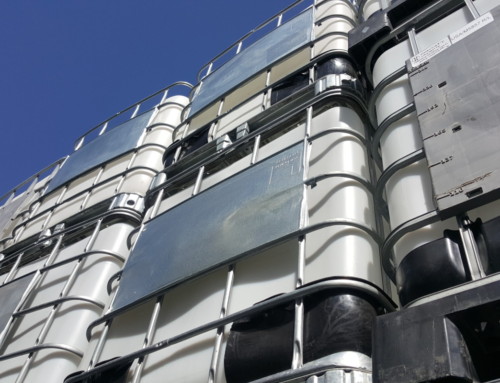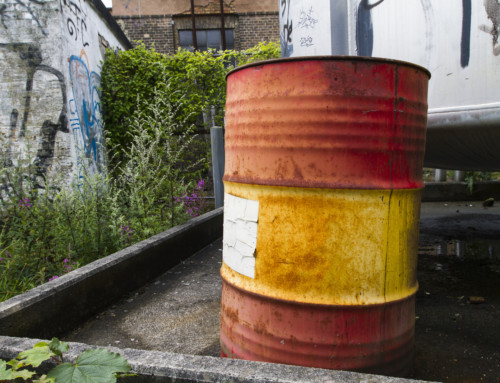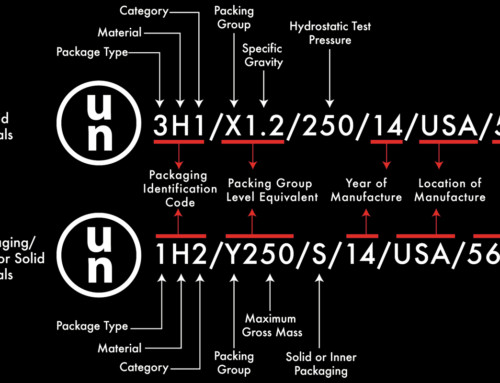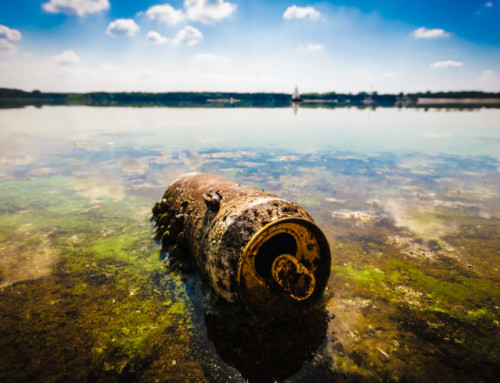In general, an empty packaging that previously contained hazardous materials must be shipped the same way as when it previously contained more hazardous material (49 CFR 173.29(a)). In other words, ship your empty hazmat packagings the same way as you received them.
There are some exceptions and in this article I’ll go over three of them; if the packaging is excepted from all requirements of the Hazardous Materials Regulations (49 CFR 173.29(b)), if the packaging is being shipped for reconditioning (49 CFR 173.29(c)), and if the packaging is not shipped “in commerce.”
Excepted From All Requirements of the Hazardous Materials Regulations
Your empty packaging shipment is not subject to any requirement of the Hazardous Materials Regulation, if you are able to meet all of the following provisions:
- The hazard communication methods on the container that identify the empty packaging as containing a hazardous material (marking, labels, placards, etc.) are removed, obliterated, or securely covered in transportation. For example, empty drums that previously contained hazardous materials and still have the hazardous material labels attached meet this requirement if you ship them in an enclosed trailer and the labels are not visible during transportation.
- The empty packaging must also be either:
- Unused,
- Sufficiently cleaned of residue and purged of residue (cleaned and purged of residue is ambiguous and not defined),
- Or, refilled with a non-hazardous material such that any residue now won’t pose a threat (what is a threat is not defined).
- The empty packaging contains only the residue of an ORM-D Consumer Commodity, a Division 2.2 non-flammable gas, or the residue does not meet the definition of a hazardous substance, a hazardous waste, or a marine pollutant.
Packaging Shipped For Reconditioning
Shipments may also be excepted from the shipping paper and placarding requirements if they meet all of the following requirements:
- The packaging is non-bulk (i.e. no tote bins)
- The packaging contains only the residue of a hazardous material that is not poisonous by inhalation and is covered by table 2 § 172.504
- The packaging is shipped by a contract or private carrier (i.e. a company that transports only their own goods)
- The packaging is shipped for reconditiong, remanufacture or reuse.
This exception is significantly easier to meet then the previous one. But, it only removes the requirements for shipping papers and placarding. It does not remove the requirement for labels, markings and HazMat Employee Training.
Packaging Not Shipped “In Commerce”
In general the rules for transporting hazardous materials apply only to transportation “in commerce.” This means transportation on public highways or through areas with open access by the public. For example, a government employee, operating a government owned vehicle for the sole purpose of transporting material from one government controlled location to another is not considered “in commerce” and therefore is exempt from most DOT hazardous material requirements.









